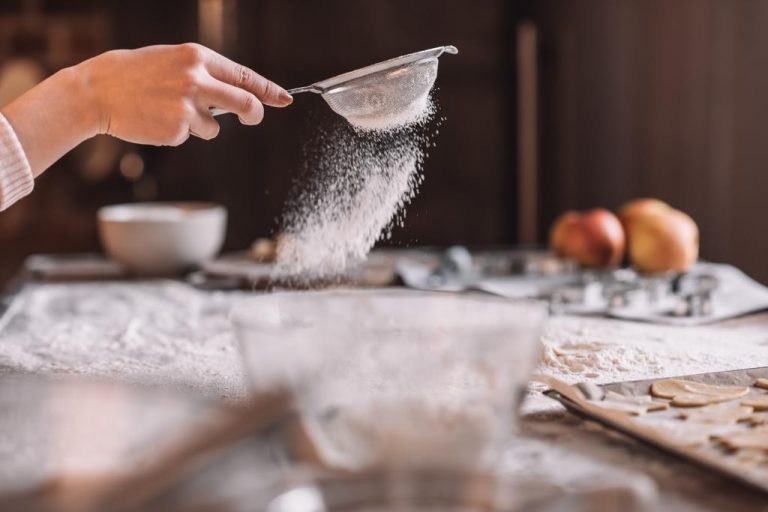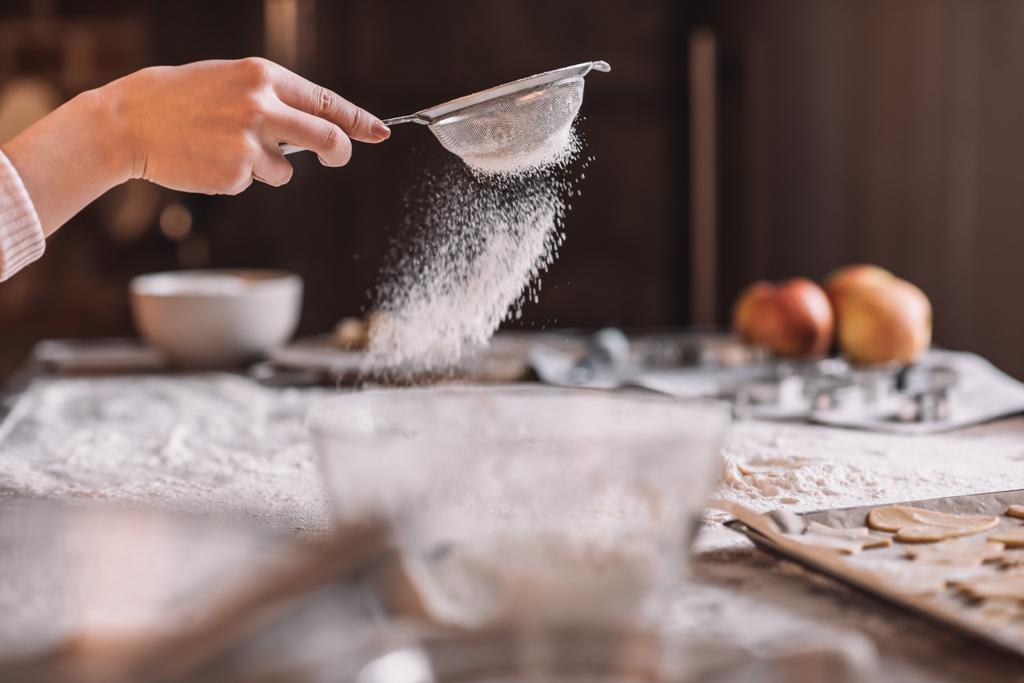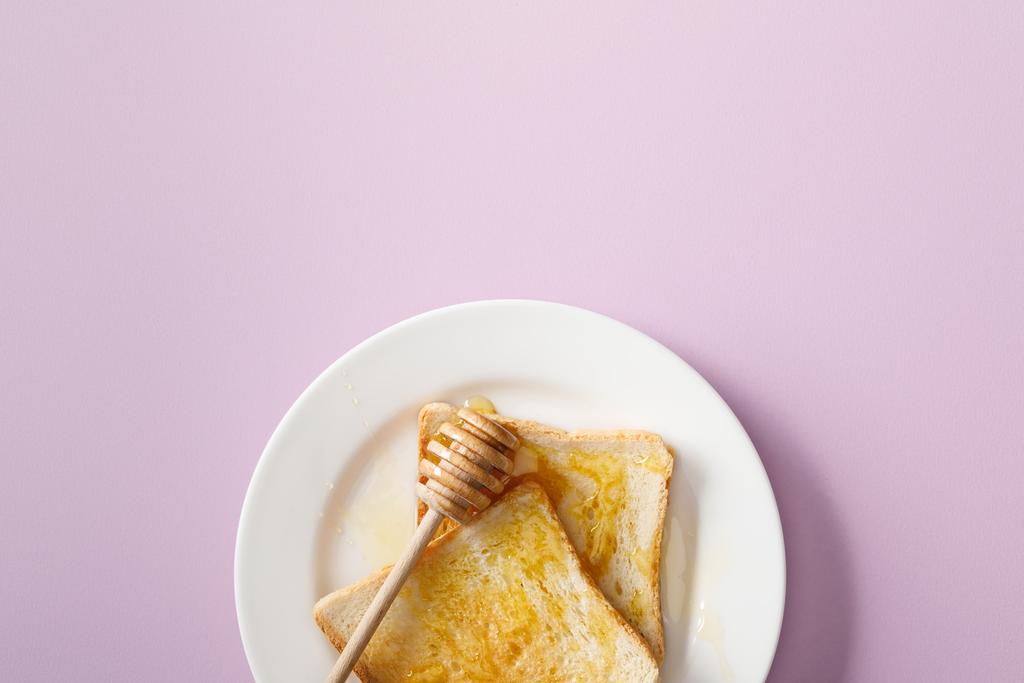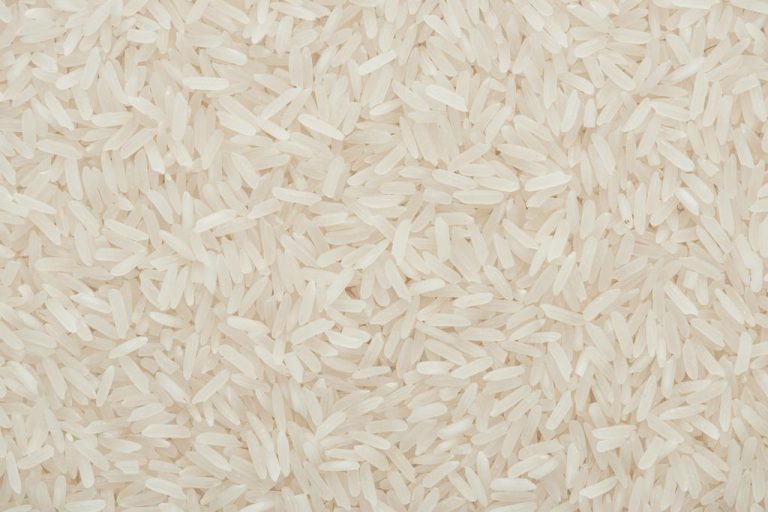What makes a good sourdough bread? A crispy crust and a medium-firm crumb! We will explain how you can bake your own wholemeal bread with sourdough and what you need to pay particular attention to. So nothing stands in the way of your next breakfast or dinner with your “own” bread.
After we presented you with a real lightning-fast bread recipe last week, we now come to the slow-food variant: baking a wholemeal bread with homemade sourdough that takes several days to prepare. Rest assured: this effort is worth it! Enjoying the first slice of home-baked sourdough bread just makes you proud – apart from the fact that the home-baked bread tastes really good too! Incidentally, you do not have to go through the effort of preparing a sourdough for every bread. Because once it has been prepared, you can use the sourdough starter later to bake other bread.
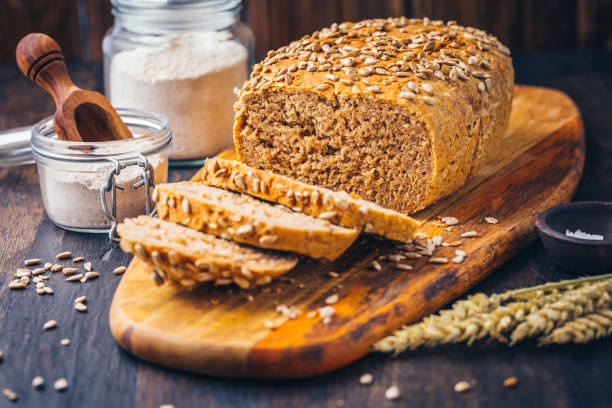
Bake wholemeal bread yourself: the preparation
Ingredients for the sourdough:
- 250 ml warm water
- 1 tsp honey
- 150 g wholemeal rye flour
Preparation:
- In a large bowl, stir the water with the honey until the honey has dissolved. Add the flour and mix with a wooden spoon to form a smooth batter.
- Cover the bowl with a suitable lid and leave it in a warm place (at least 20 °C) for 3 days, stirring vigorously once a day – in the morning and in the evening.
- The dough starts to form bubbles as a result of fermentation and increases in volume in the bowl. The vigorous stirring makes it collapse again and again. The finished dough is viscous, smells fresh and sour, and has bubbles.
Bake wholemeal bread yourself: prepare the wholemeal bread dough

Ingredients:
- 250 ml warm water
- 500 grams of sourdough
- 500 g wholemeal rye flour
- 1 tbsp sea salt
- 1 tsp bread spice (a mixture of aniseed, fennel, coriander, and cumin) to taste
- For sprinkling kernels or seeds to taste
Preparation:
- Place all ingredients in a large bowl and knead.
- Pour the batter into a loaf pan lined with baking paper and cover with a kitchen towel. Leave for another 12 hours.
- The next morning the dough should have risen a bit. Preheat the oven to 270°C (top and bottom heat) and place a small saucepan filled with water on the oven floor.
- Wet the surface of the bread with a little water and sprinkle with sunflower seeds or pumpkin seeds if you like. Then put the bread in the loaf pan in the oven. After 5 minutes reduce the temperature to 200 °C and let the bread bake for another 40 minutes.
- After 40 minutes the bread is ready. If you prefer a slightly darker crust, turn out of the loaf tin and bake for a further 5 minutes at 200°C.

